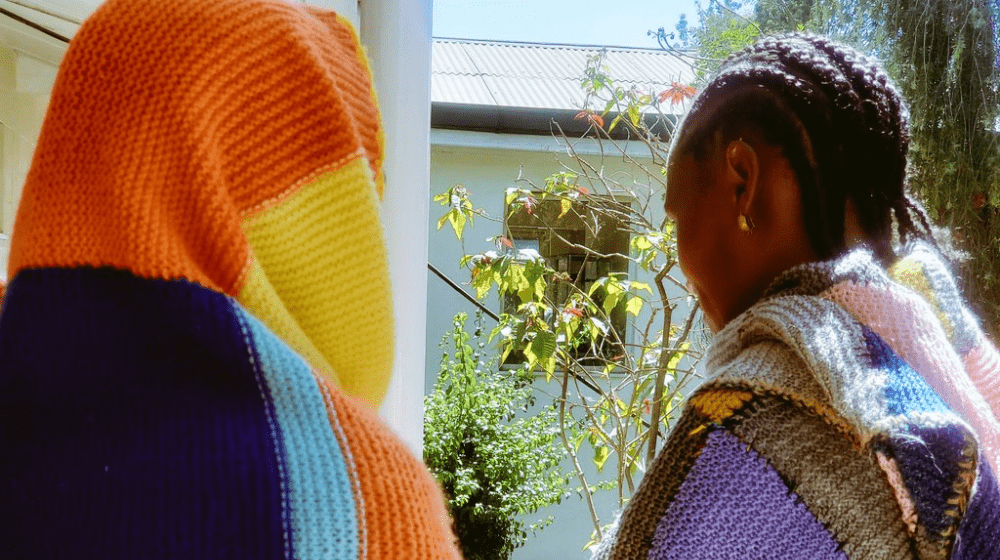Ager, 33, is from a small rural village, Yanga, in South Jimma, Oromia region. She was born and raised in an agrarian family with four siblings. She is the third child. Neither Ager nor her siblings went to school.
Ager was a shepherd until age 12. Then she was given to a husband, much older than her, in a family-arranged marriage.
She gave birth to her first child at 16 at Agaro Health Center after 24 hours of labor. Her second pregnancy came two years later and was a home delivery that ended in stillbirth after three days of labor. The same happened in her third, fourth, and fifth pregnancies where after days of labor at home they ended in stillbirth.
When her due date arrived in her sixth pregnancy, her family took her to Shebe Health Center by ambulance. After 24 hours of labor, she was referred to Seka Primary Hospital.
The doctors performed an emergency obstetric surgery. However, the baby didn't survive. She was told that her uterus was damaged, and the doctors performed a hysterectomy.
In all of her six pregnancies, Ager never attended ANC follow-up.
Developing obstetric fistula
In the days following her sixth delivery, she started leaking urine. It flew without her control, and her dress was constantly wet and soaked. Ager recalls, "I wished I died as my babies. I was in so much distress and shame."
Ager had never heard of Fistula. It was a strange condition she suffered in silence for seven months without knowing what to do or where to turn. A focal person from the Oromia Development Association (ODA), trained in Fistula patient identification, identified her and informed her that there was a solution.
UNFPA, with support from Canada, Sweden, and Denmark, partners with local organizations like ODA to support fistula patient identification at the village level. Once identified, patients are referred to the Hamlin Fistula Hospital and its satellite centers across the country.
In partnership with the Ministry of Health, Since 2010, UNFPA has supported the identification and referral of more than 2,500 cases to Hamlin Fistula and other hospitals and health centers.
Ager recalls this moment, "When I was tired of being hopeless, I learned that there is a treatment at Mettu Hamlin Fistula Hospital. That gave me hope to be healthy and was my last chance to live a normal life."
From despair to hope
The medical team welcomed her warmly and started providing holistic care. “I was in disbelief to see many women like me getting treatment,” Ager added. “Before coming here, I hated my condition and wanted to be isolated from my family and neighbors."
Ager had a Vesicovaginal fistula (VVF) due to prolonged labor and an iatrogenic fistula during hysterectomy treatment at Seka Primary Hospital. Though her VVF fistula was cured by surgery, the iatrogenic fistula caused by the surgery remained. After a few months, she was readmitted for a ureteroneocystostomy.
Ager was hopeless, and deeply tired when she arrived at Mettu Hamlin Fistula Hospital in March 2022. However, on her last discharge, she was highly emotional and happy.
“I did not believe I would be cured, but thanks to God, I feel like I have been reborn. I have no words to thank the doctors, nurses, and everyone who supports this godly work. I am now eager to mix with my family as a woman with full dignity,” she said.


